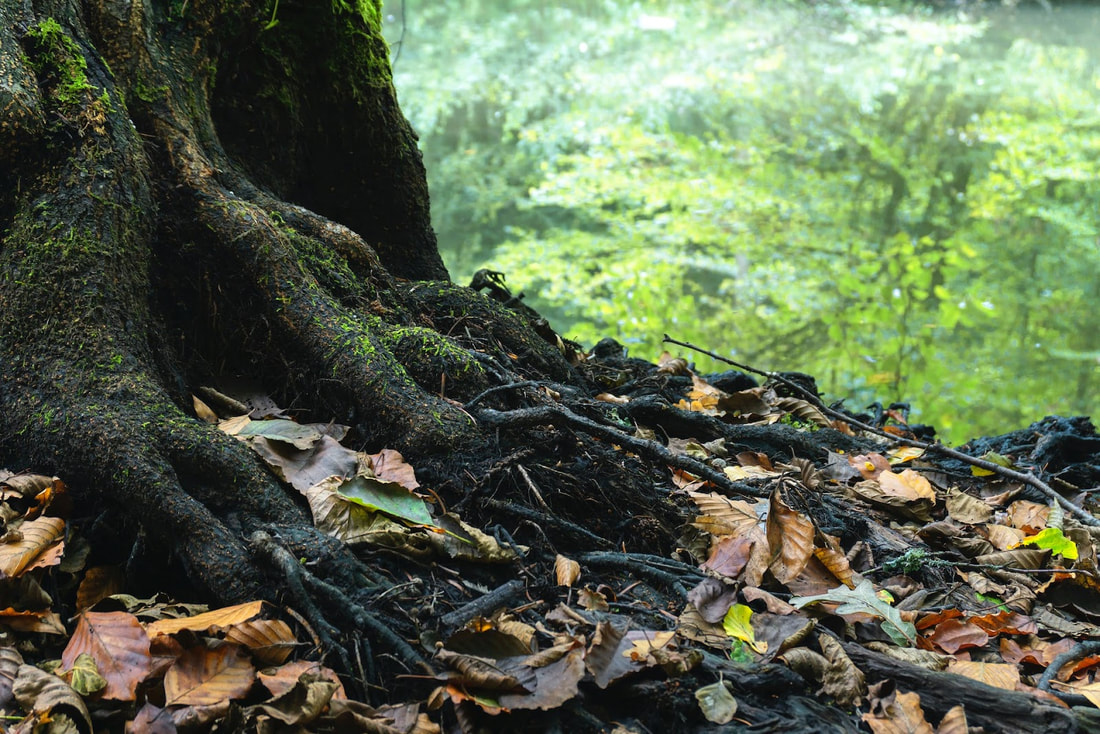|
Roots are the unsung heroes of the plant world. While we often marvel at the beauty of blossoming flowers, the majesty of towering trees, or the productivity of a vegetable garden, it's easy to forget that beneath the soil, a complex network of roots is tirelessly working to support all this growth. Roots not only anchor plants firmly into the ground but also play a pivotal role in absorbing water and nutrients, storing energy, and interacting with the soil environment. Proper root management and care are paramount for the health and longevity of plants, and understanding this intricate system can make a world of difference in our gardening and landscaping endeavors. Understanding the Basics of Root SystemsAt a glance, roots might seem like simple structures, but they're incredibly diverse and specialized. Broadly speaking, there are two main types of root systems: fibrous and taproot. Fibrous root systems are characteristic of many grasses and are composed of a dense network of similarly sized roots. These roots spread out horizontally close to the soil surface, making them efficient at quickly absorbing moisture from rainfall. They also help in preventing soil erosion due to their widespread nature. On the other hand, taproot systems, found in plants like carrots and many trees, consist of one primary root that grows vertically downward, with smaller lateral roots branching off from it. This deep-reaching primary root allows the plant to access water and nutrients from deeper soil layers, providing stability and support, especially in drier conditions. Beyond these basic types, roots have specialized functions. They're responsible for absorbing essential nutrients like nitrogen, phosphorus, and potassium from the soil. They also store energy in the form of carbohydrates, ensuring the plant has reserves during lean times. Furthermore, roots play a crucial role in the soil ecosystem, interacting with beneficial microbes and fungi that help improve nutrient uptake and protect against diseases. In essence, a plant's root system is its lifeline, connecting it to the vast world beneath the soil. By understanding the basics of these systems, we can make more informed decisions about planting, watering, and overall care, ensuring our plants thrive and our landscapes flourish. Common Root Problems and Their CausesRoots, while resilient, are not immune to challenges. Just as the visible parts of a plant can face pests, diseases, and environmental stresses, so too can the hidden root system. Understanding common root problems is the first step in addressing them effectively. One of the most prevalent issues is root rot, a condition where the roots become infected by fungi due to prolonged exposure to overly wet conditions. Symptoms often include wilting, yellowing leaves, and stunted growth. Overwatering, poor drainage, or compacted soil can create the perfect environment for these harmful fungi to thrive. Physical damage is another concern. Whether it's from construction activities, digging, or even foot traffic, roots can become bruised or severed. This not only disrupts their immediate function but also opens the door for infections and diseases. Soil compaction is a silent killer of roots. When soil becomes densely packed, it restricts the movement of air, water, and nutrients, making it difficult for roots to grow and breathe. This is often a result of heavy machinery, frequent foot traffic, or even just the natural settling of soil over time. Lastly, just as leaves and stems can become a feast for pests, roots too have their adversaries. Certain insects, like root-feeding nematodes or root-boring beetles, can cause significant damage, leading to weakened plants or even plant death. The Importance of Hiring ProfessionalsWhile many gardening enthusiasts have a green thumb and a passion for plants, there are times when expertise is essential. Root problems, given their often-hidden nature, can be particularly tricky to diagnose and treat. This is where professionals come into play. A trained arborist or root care specialist has the knowledge and tools to accurately identify root issues. They can conduct soil tests, assess root health, and provide targeted treatments. For instance, they might employ specialized equipment to aerate compacted soil or use specific treatments to combat root rot. Moreover, professionals are well-versed in preventive measures. They can guide homeowners and gardeners on proper planting techniques, ideal watering schedules, and even recommend suitable plants for specific soil types or conditions. Hiring a professional isn't just about addressing existing problems; it's an investment in the future health and beauty of your landscape. By seeking expert advice and intervention, you ensure your plants have the best foundation possible to grow and thrive. DIY Root Care TipsFor the gardening enthusiast, there's a certain satisfaction in rolling up your sleeves and tending to your plants personally. While some root issues require professional intervention, there are several steps you can take to ensure the health and vitality of your plants' roots right from your backyard. Watering is fundamental. It sounds simple, but many root problems arise from either too much or too little water. A general rule of thumb is to water deeply but infrequently, allowing the soil to dry out slightly between waterings. This encourages roots to grow deeper in search of moisture, making plants more resilient during dry spells. Mulching is another invaluable practice. A layer of organic mulch, like wood chips or straw, around the base of your plants can help retain soil moisture, regulate temperature, and prevent weeds. Moreover, as the mulch breaks down, it enriches the soil, benefiting the roots. Always be mindful when digging or planting near established plants. Roots can spread far beyond the plant's visible canopy, and even minor damage can have lasting impacts. Before any significant garden project, it's wise to map out where large roots might be lurking. Lastly, keep an eye out for early signs of distress in your plants. Yellowing leaves, wilting, or slowed growth can all be indicators of root problems. Catching these signs early can make all the difference in treatment and recovery. Advanced Root Management TechniquesFor those looking to dive deeper into the world of root care, there are advanced techniques that can significantly enhance the health and structure of your plants' root systems. Root pruning might sound counterintuitive, but it can be beneficial, especially for container-grown plants or those being transplanted. By carefully trimming back certain roots, you can encourage more vigorous growth and prevent roots from becoming girdled or overly tangled. Root barriers are a solution for those dealing with invasive roots, whether from your plants or encroaching neighbors. These physical barriers, often made of plastic or fabric, are installed in the ground to redirect or halt root growth, protecting structures, utilities, or other plants. Aerating compacted soil can breathe new life into suffocated roots. There are tools available, like core aerators, that remove small plugs of soil, allowing air, water, and nutrients to more easily reach the roots. Lastly, consider introducing beneficial microbes to your soil. Mycorrhizal fungi, for instance, form symbiotic relationships with plant roots, enhancing nutrient uptake and offering protection against certain pathogens. These can be introduced via specific soil amendments or inoculants. While these techniques might require a bit more research and effort, they can profoundly impact the health and productivity of your garden or landscape. With the right knowledge and tools, you can ensure your plants have a robust and resilient foundation beneath the soil. Concluding Thoughts on Root Management and CareIn the grand tapestry of gardening and landscaping, roots often remain the unseen heroes, silently and steadfastly supporting the vibrant life above ground. While they might be out of sight, their importance should never be out of mind. From the towering oak in your backyard to the delicate flowers gracing your front porch, the health of these plants is deeply intertwined with the well-being of their roots.
As we've journeyed through the intricacies of root systems, common problems, and both DIY and advanced care techniques, one thing becomes abundantly clear: proactive root management is an investment in the future. Whether you're a seasoned gardener or someone just starting to cultivate a green thumb, understanding and caring for the world beneath the soil can make all the difference in your plants' health, growth, and longevity. In some cases, this might mean seeking the expertise of professionals, while in others, it's about equipping yourself with knowledge and tools to tackle challenges head-on. Regardless of the path you choose, remember that every step taken towards better root care is a step towards a more vibrant and flourishing garden. Here's to the roots that anchor our plants and the care that ensures they thrive for years to come! Comments are closed.
|




 RSS Feed
RSS Feed